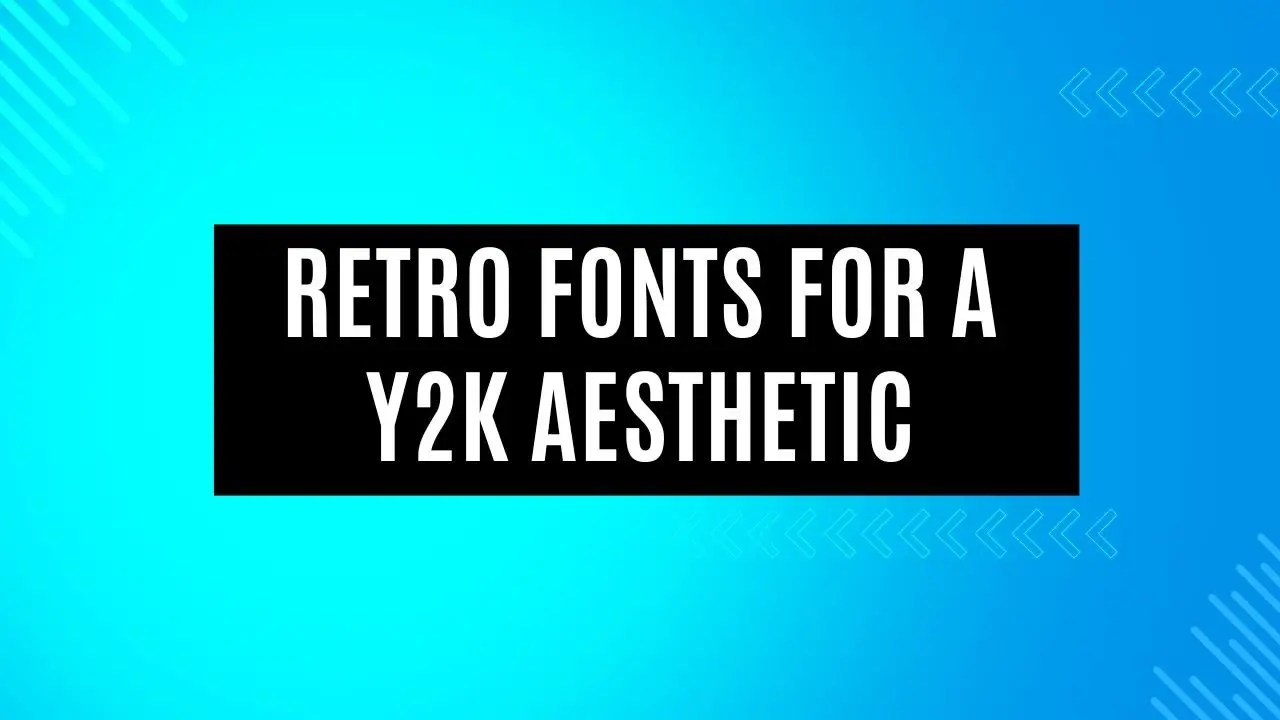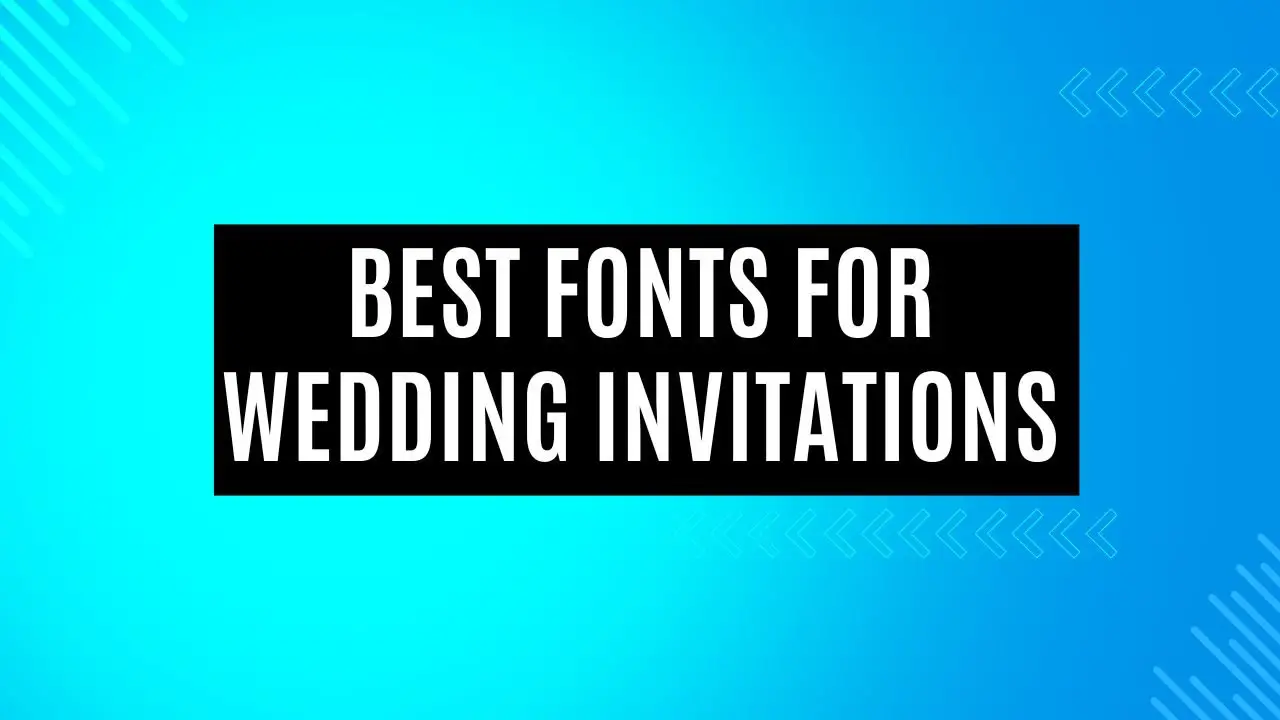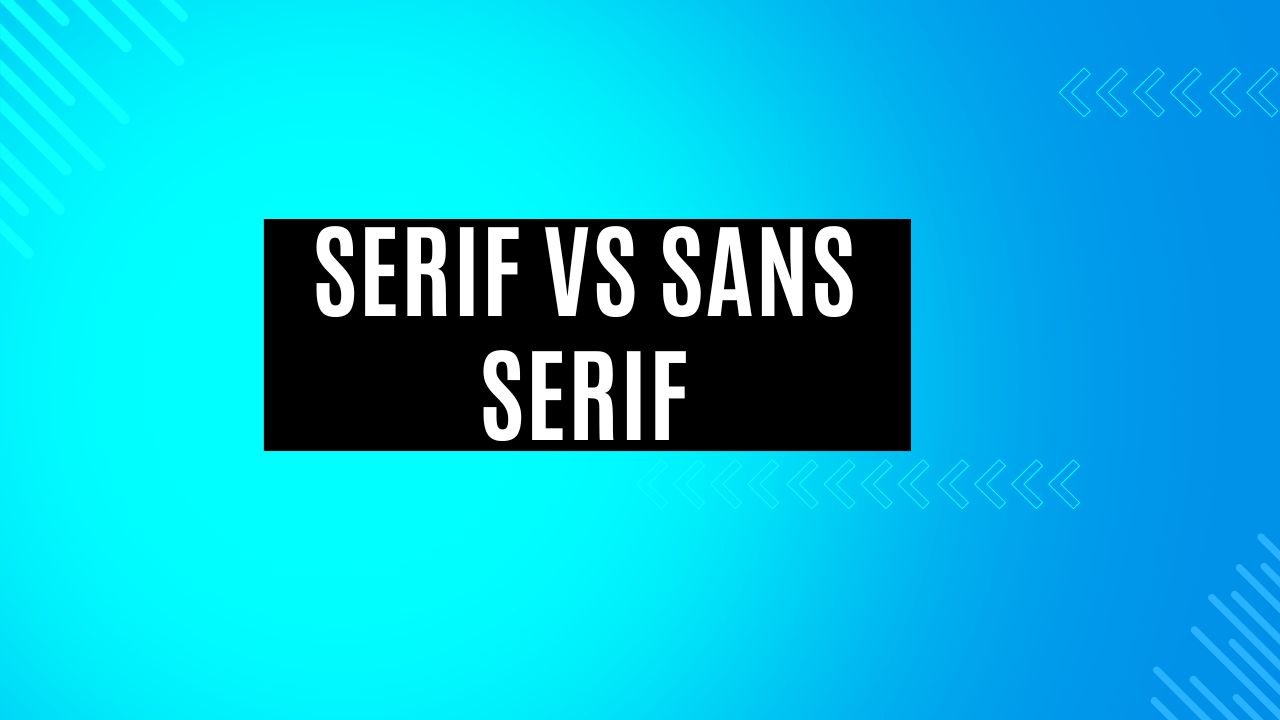Top 5 Gothic Fonts for Dark Aesthetic Designs
Gothic Fonts for Dark Aesthetic Designs: Gothic fonts exude an air of mystery, intrigue, and timeless elegance. These typefaces often feature dramatic strokes, ornate detailing, and bold letterforms, making them a perfect choice for dark aesthetic designs. Whether you’re working on a Halloween project, creating a website for a gothic fashion brand, or crafting dark … Read more
Navigate back to








